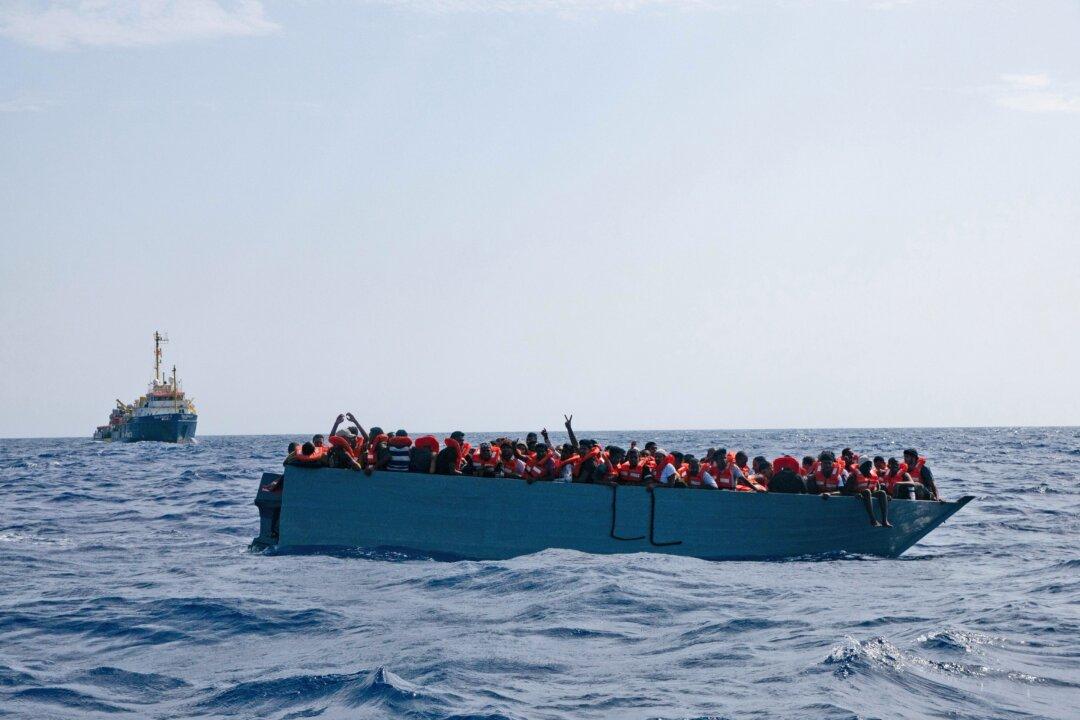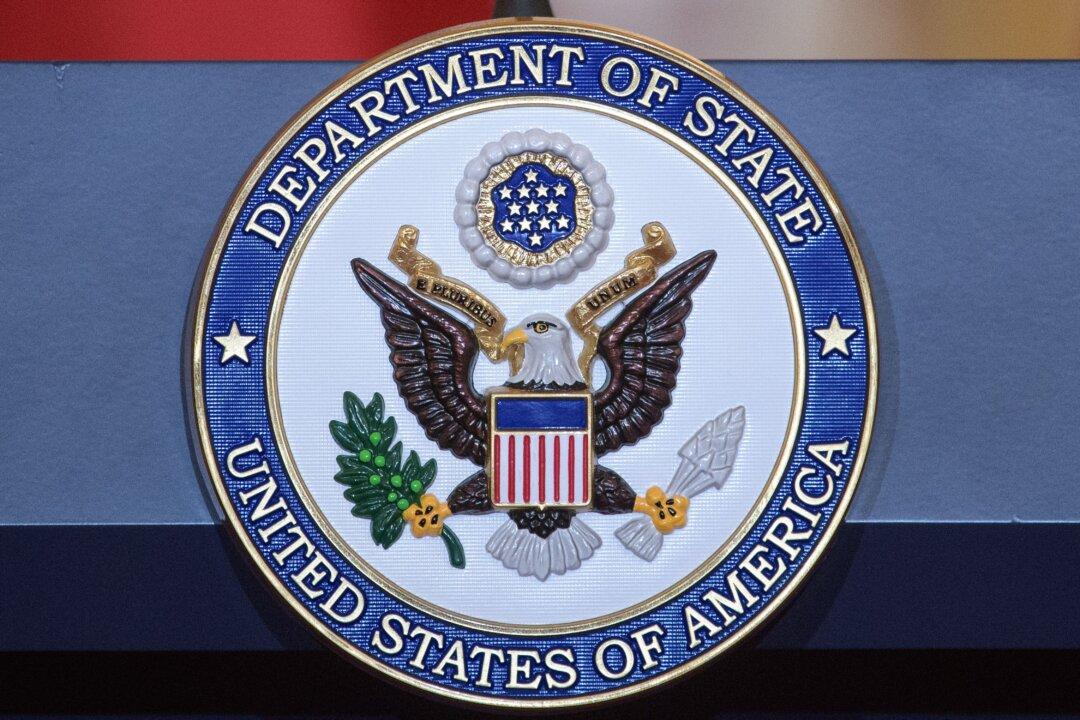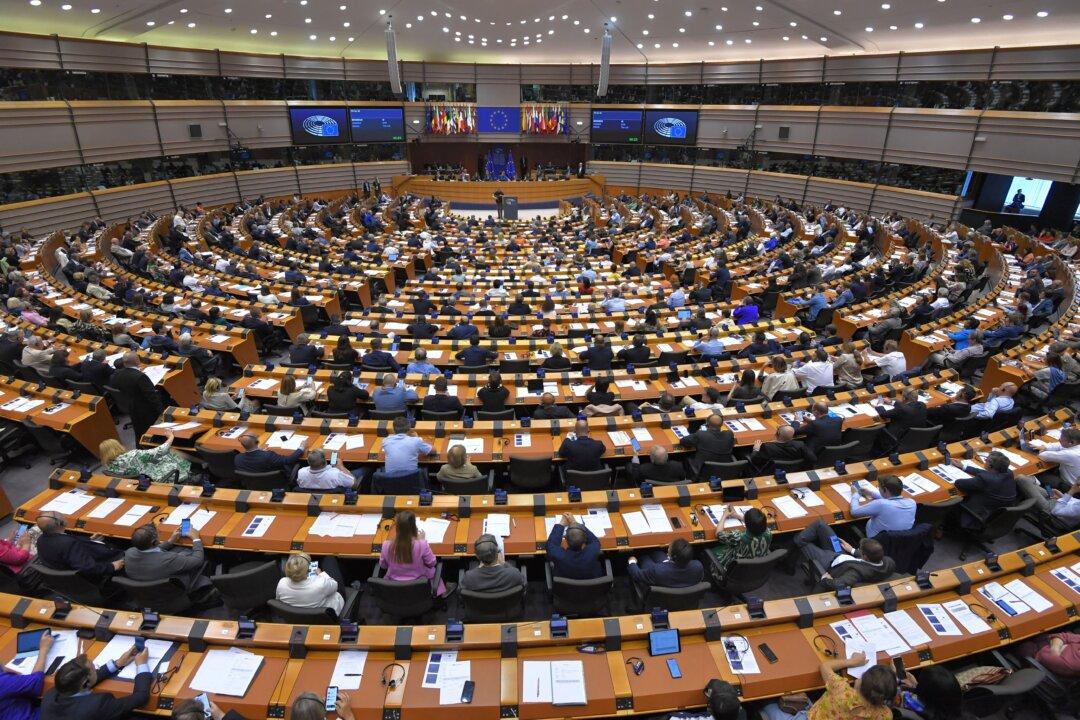Predictions that right-wing groups gain significantly more seats in the current European Parliament elections won’t necessarily translate into a “definite change in the direction of European policy,” said Marcin Kedzierski, assistant professor at the department of international relations at the Cracow University of Economics in Poland.
The elections began on June 6 and wrap up late June 9.





